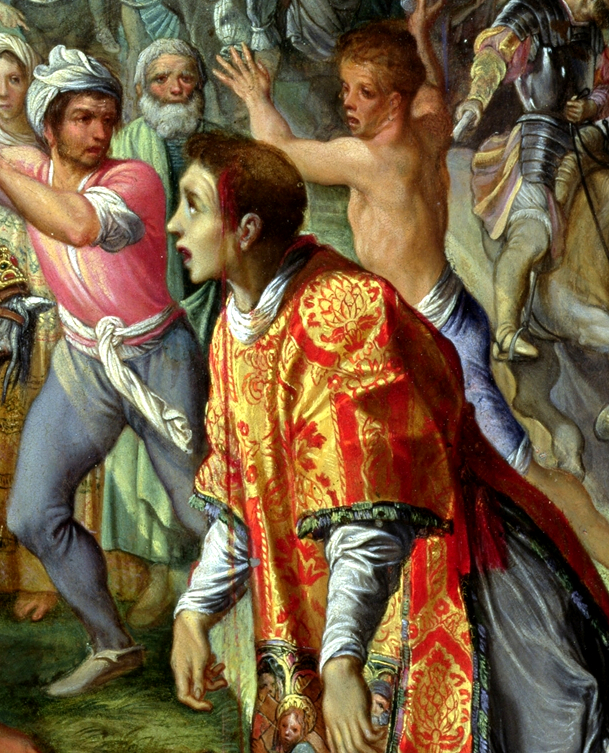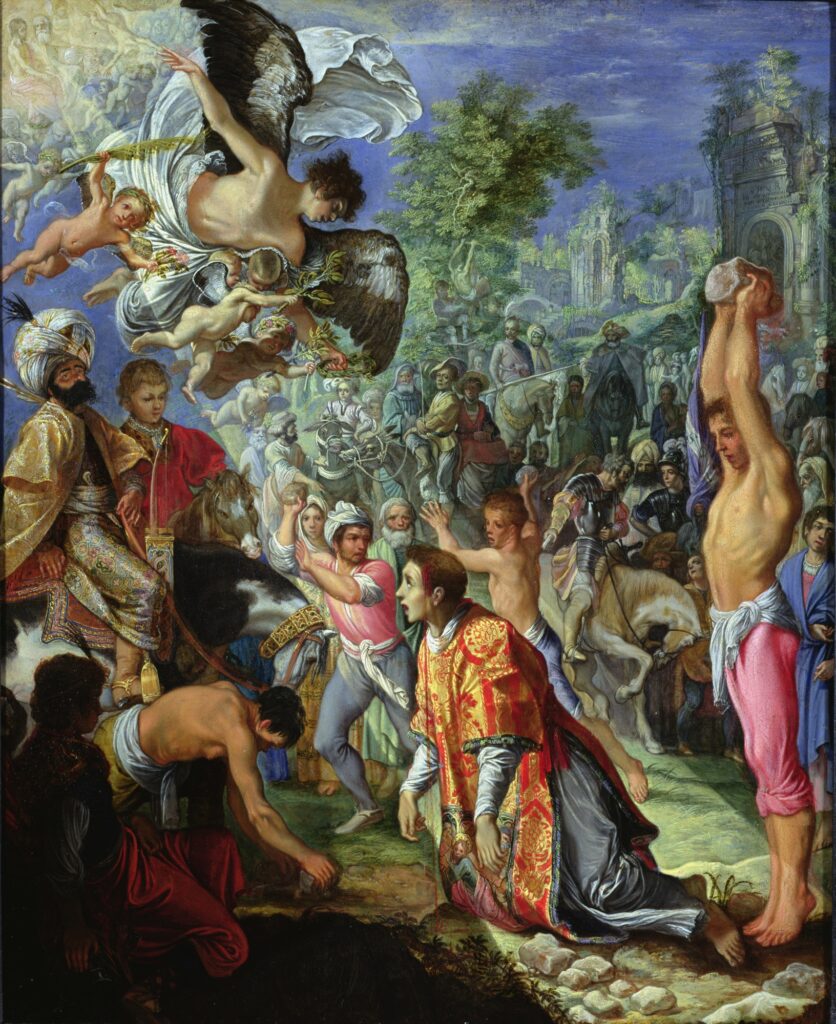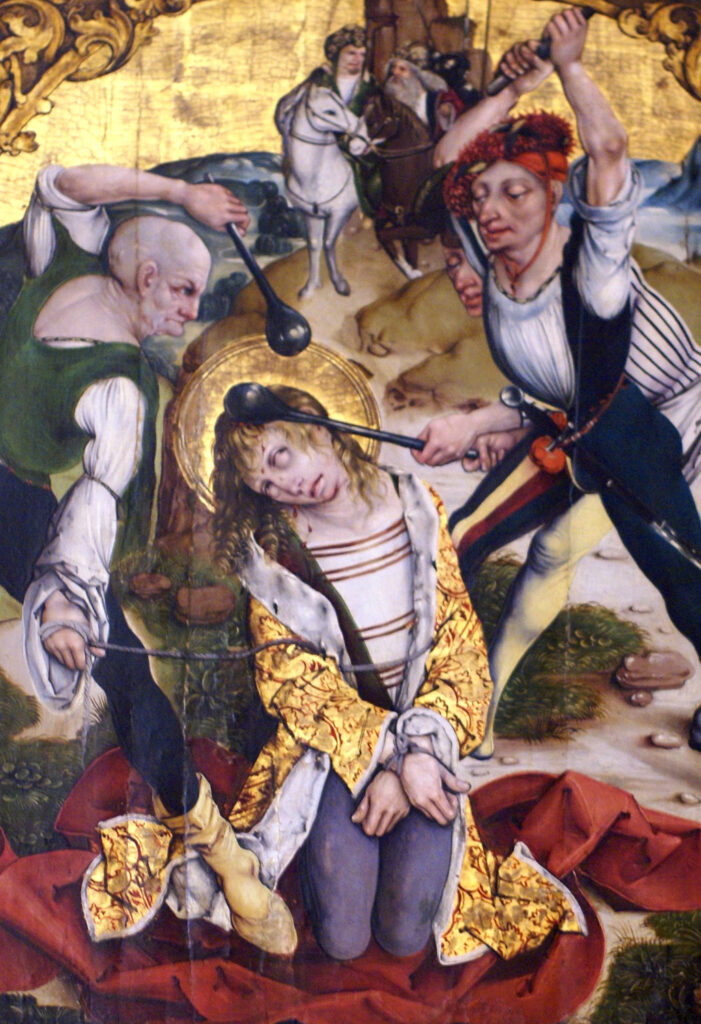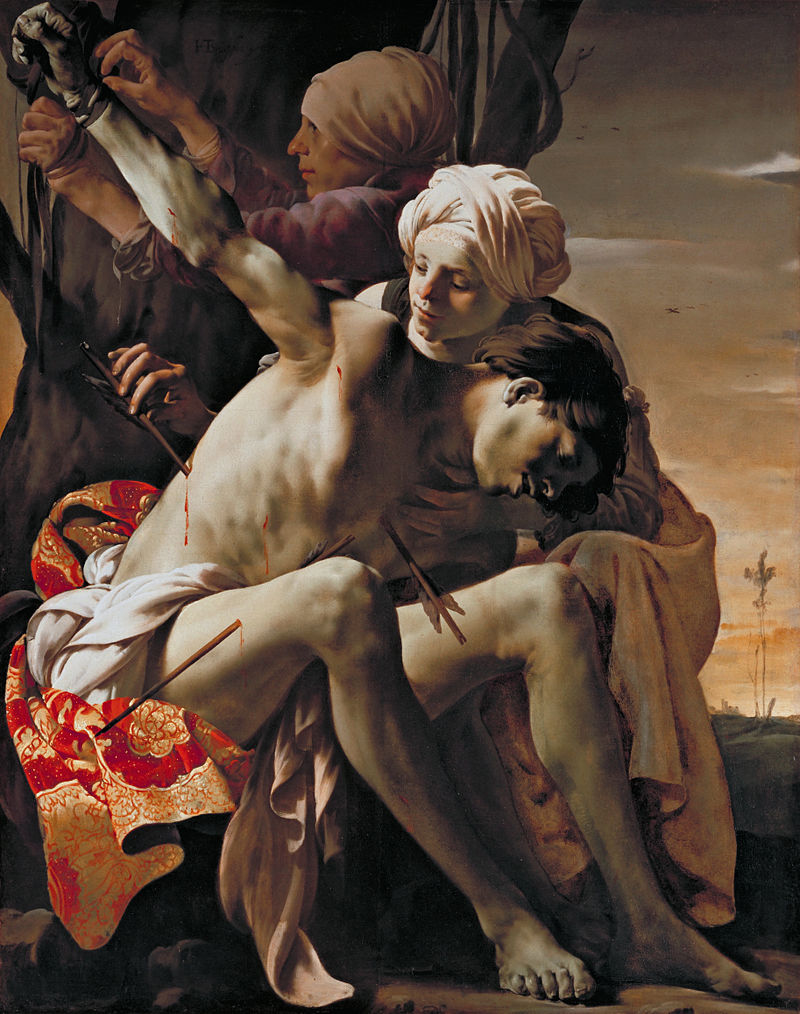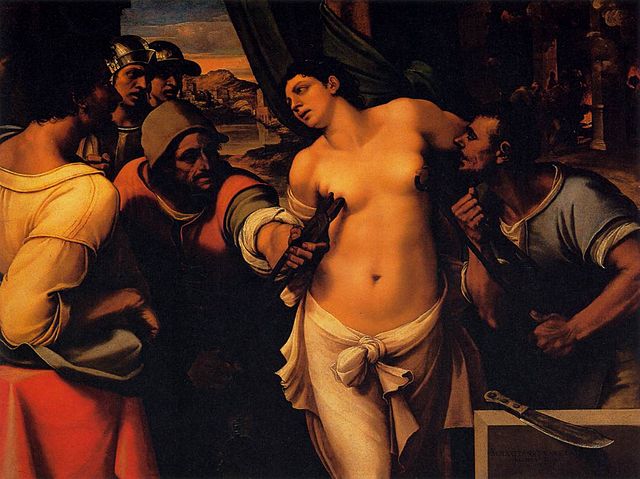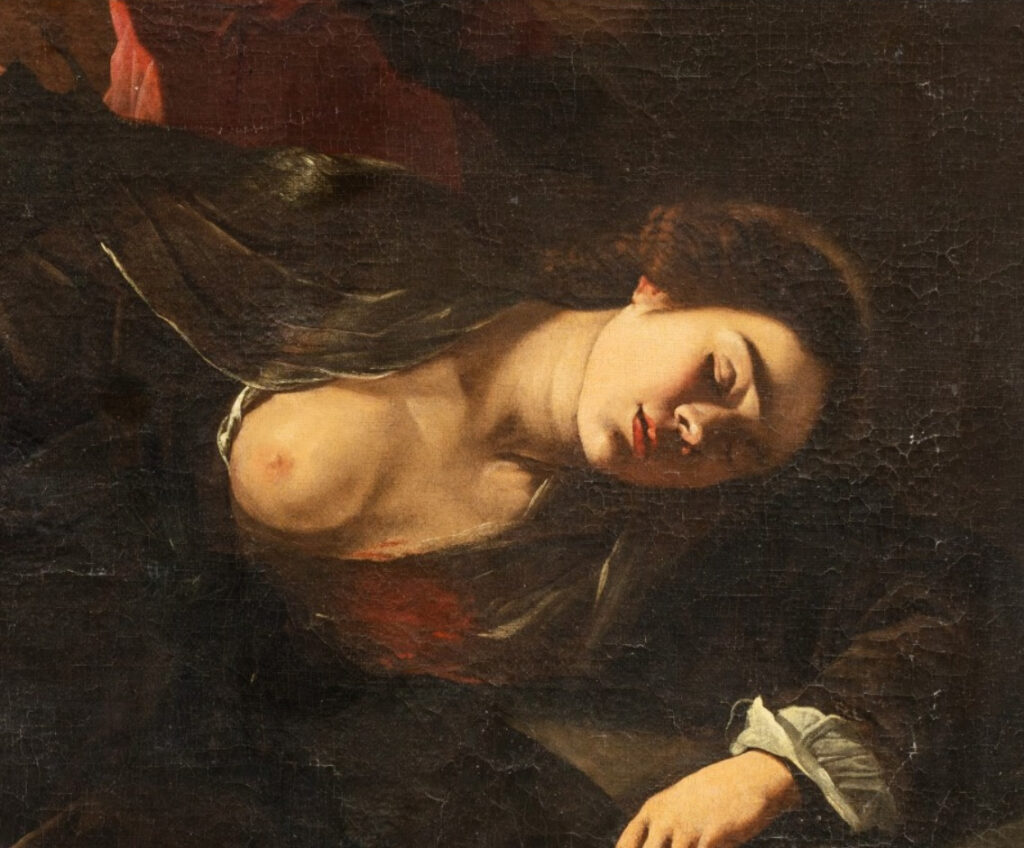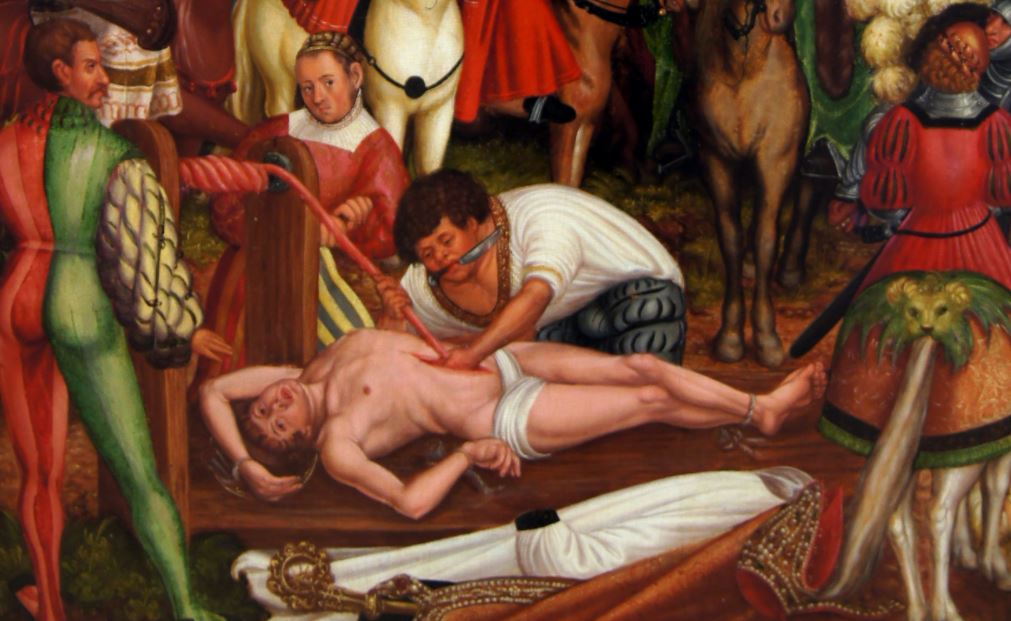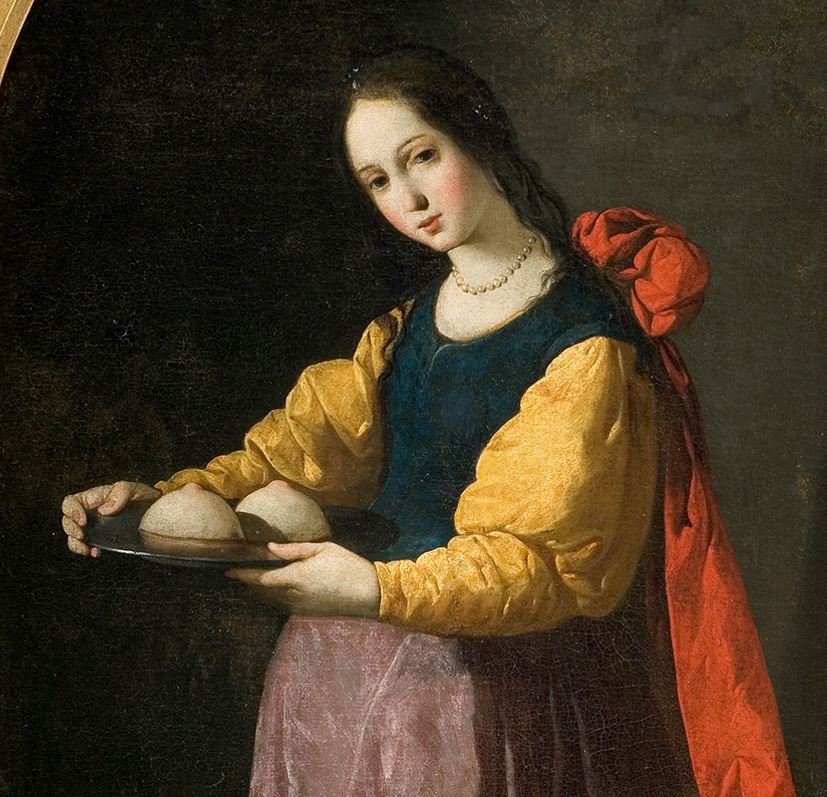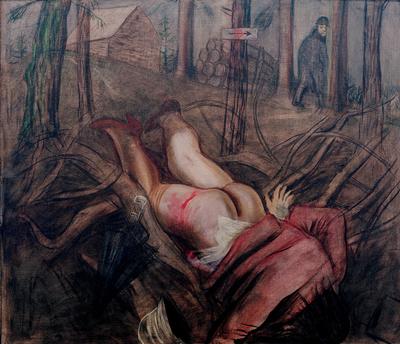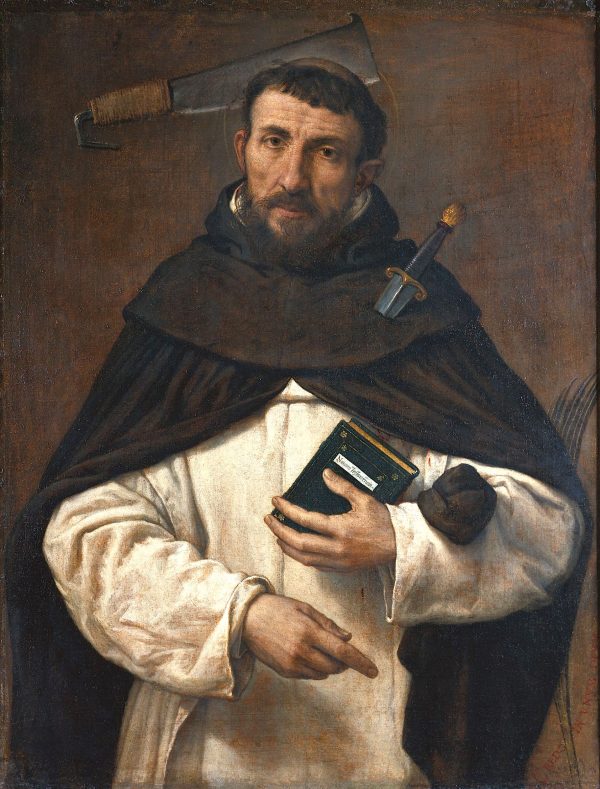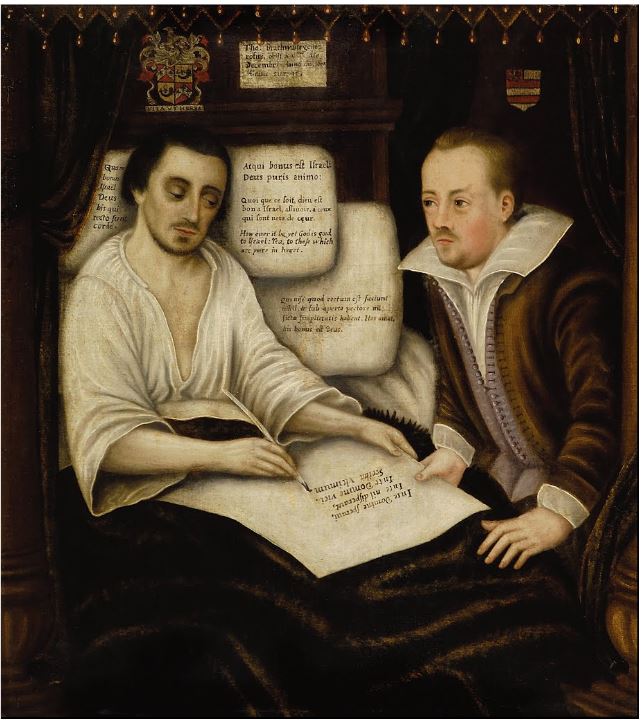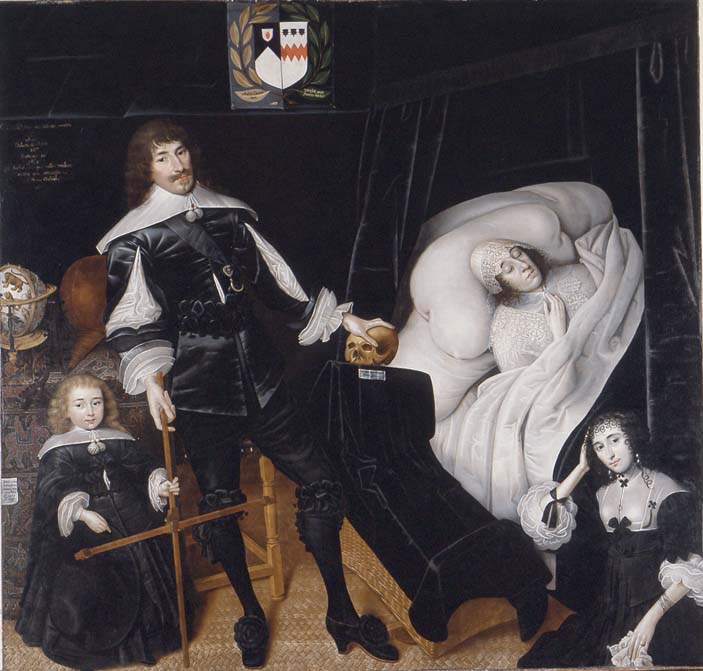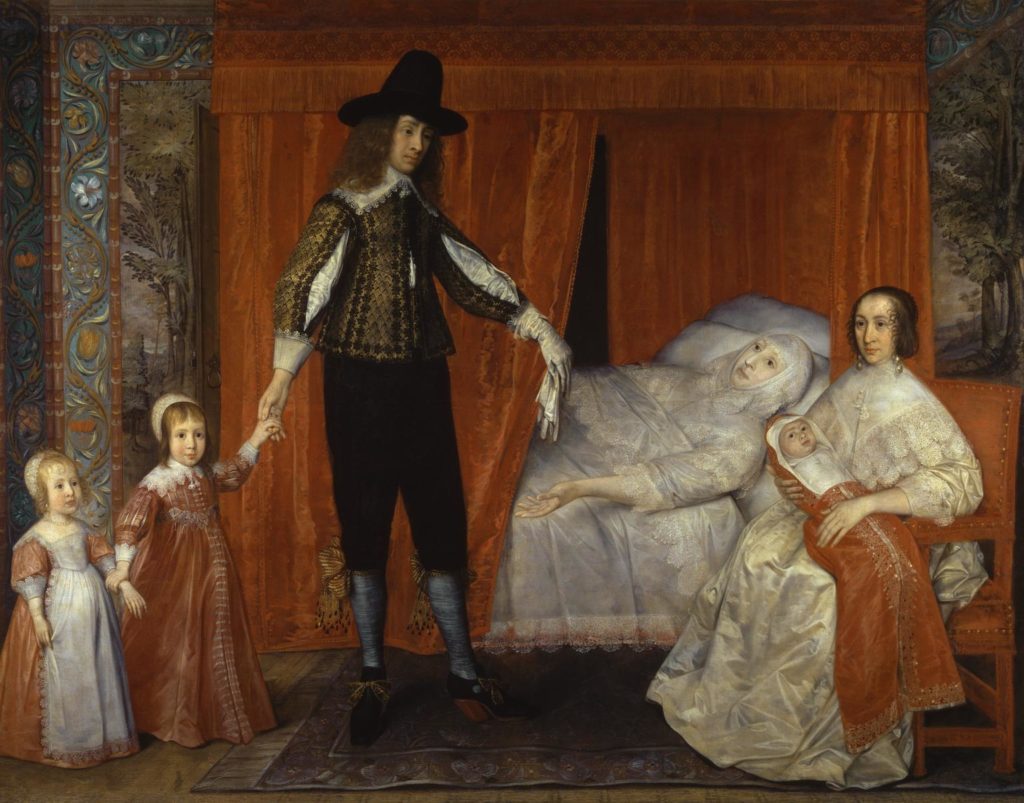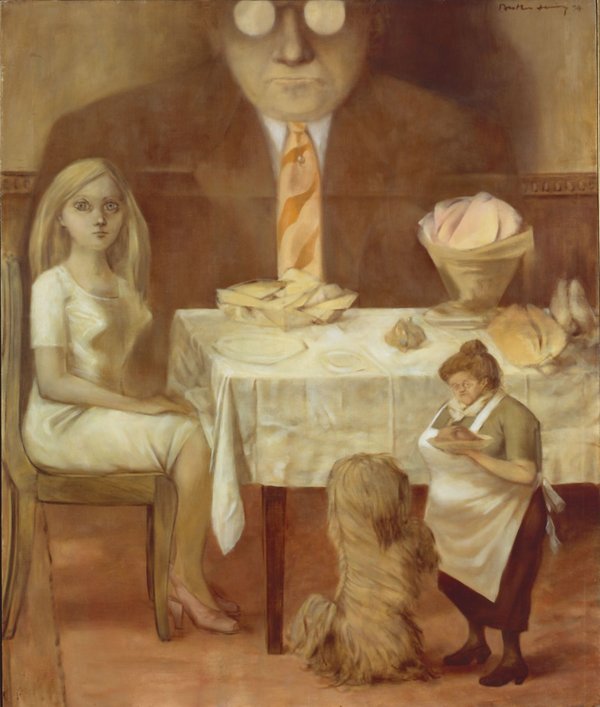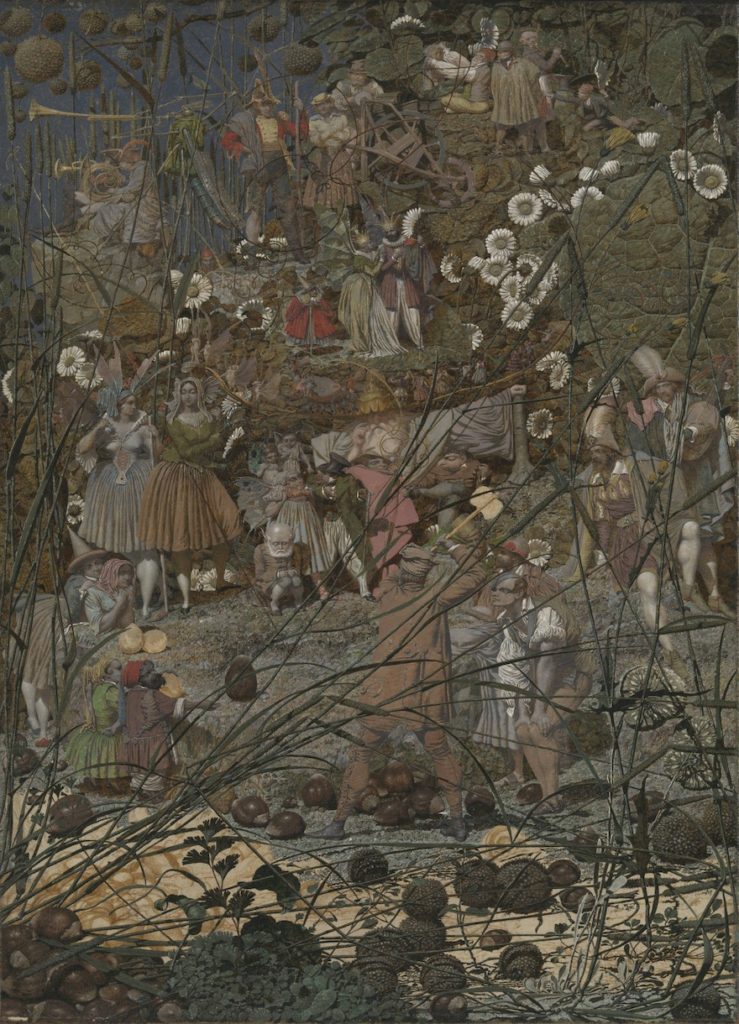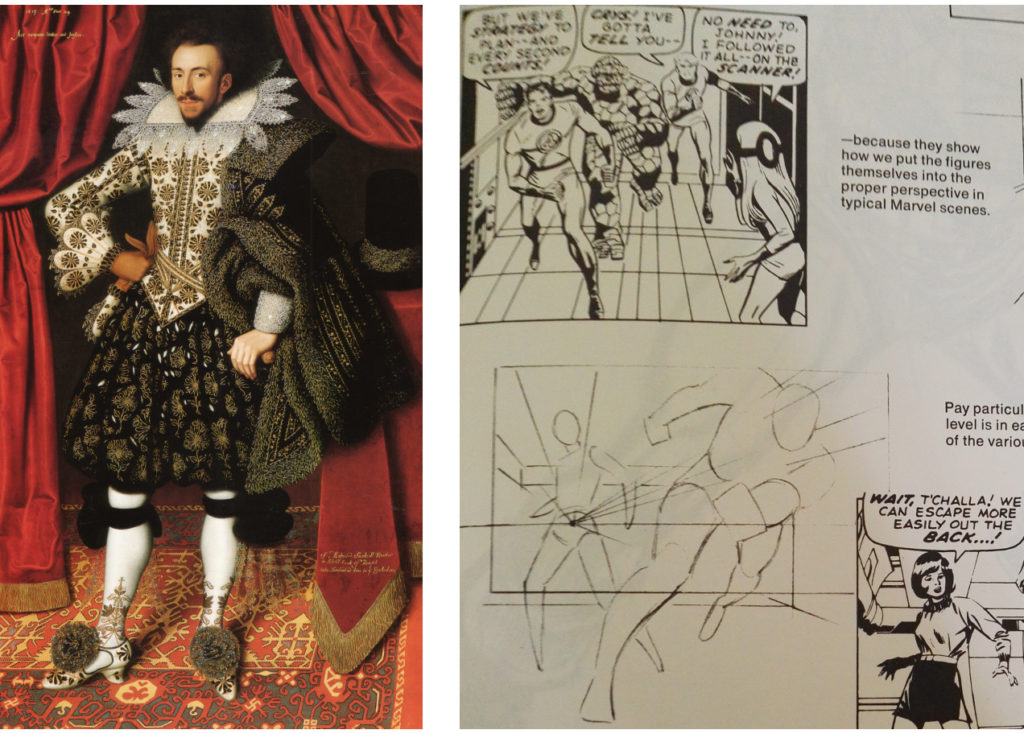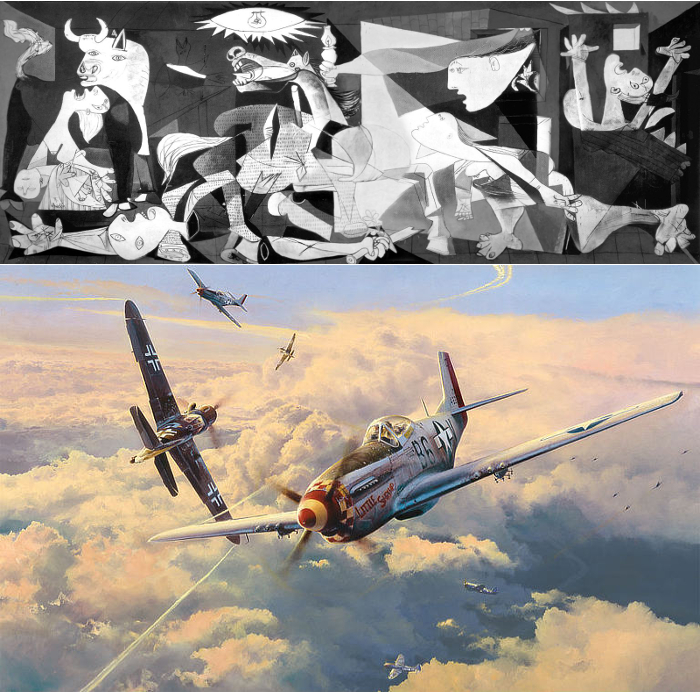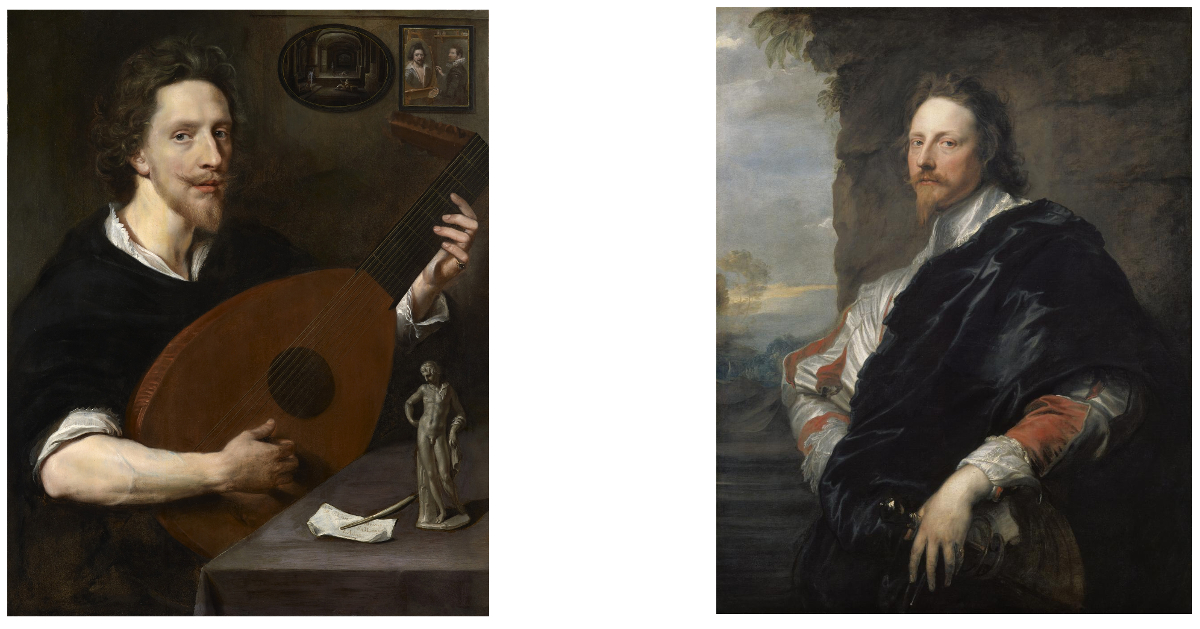A few years ago a friend sent me a photograph of the ten-year-old us in our Primary School football team. I was able, without too much thought, to put names to all eleven of the boys, but the biggest surprise was that my initial reaction, for maybe a second but more like two seconds, was not to recognise myself. In my defence, I don’t have any other pictures of me at that age, and even more unusually, in that picture I’m genuinely smiling. Usually I froze when a camera was pointed at me (and still do, if it takes too long), but I must have felt safer than usual in a group shot, because it is a real smile and not the standard grimace that normally happened when I was asked to smile for photographs. I could possibly also be forgiven for my confusion because in contrast with my present self, ten year old me had no eyebrows, a hot-pink-to-puce complexion and unmanageably thick, wavy, fair hair; but even so, that was the face I looked at in the mirror every day for years and, more to the point, that gangly child with comically giant hands actually is me; but what would I know?

In a recent documentary, the artist David Hockney made a remark (paraphrased because I don’t have it to refer to) that resonated with me; your face isn’t for you, it’s for other people. And, as you’d expect of someone who has spent a significant part of his long career scrutinizing people and painting portraits of them, he has a point. Everyone around you has a more accurate idea of what you look like than you do. Even when you see someone ‘in real life’ who you are used to seeing in photographs or films, there’s a moment of mental recalibration; even if they look like their image, the human being before you in three dimensions is a whole different scale from the thing you are used to seeing. I remember reading in some kids’ novel that the young footballer me liked (I’m guessing Willard Price but can’t swear to it) that when being shown photographs of themselves, the indigenous people of (I think) New Guinea, not only weren’t impressed, but didn’t recognise them as anything in particular. Like Hockney, they had a point; if the Victorian people who invented photography hadn’t grown up with a tradition of ‘realistic,’ representational art would they have seen any relationship between themselves as living, breathing, colourful, space-filling three-dimensional organisms and the monochromatic marks on little flat pieces of paper? The response of the fictional New Guinea tribespeople is actually more logical than the response (surprise, wonder, awe) that’s expected of them in the novel.
Hockney went on further to say that portrait painting (if the sitter is present with the artist) gives a better idea of a person than photography does. At first this is a harder argument to buy into in a way, but it has its own logic too. A photograph, as he pointed out, is a two-dimensional record of one second in time, whereas the portrait painter creates their also two-dimensional image from spending time in the company of the sitter and focusing on them, a different, deeper kind of focus, since it engages the brain as well as the senses, than the technical one that happens with a lens, light and film or digital imaging software. A camera doesn’t care what you are like, it just sees how you look, from that angle, for that second. Maybe my big 10-year-old smile really is representative of how I was, but from memory it doesn’t represent that period for me at all.
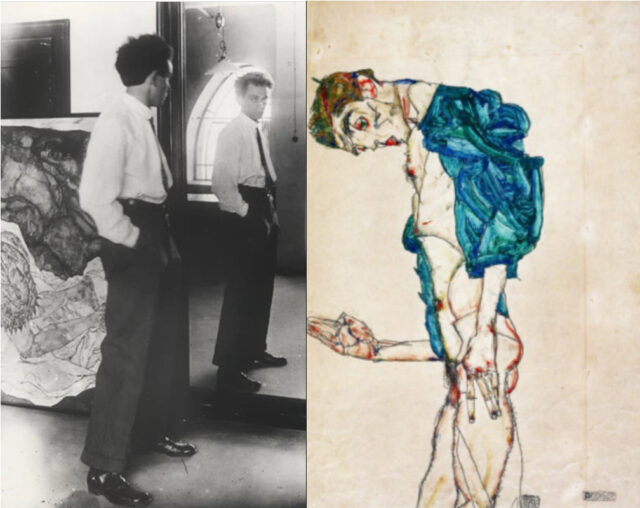
But I might never have written this had I not been reading Frank Whitford’s excellent monograph on the Austrian expressionist painter Egon Schiele (Thames & Hudson, 1981). Schiele is famous for (among other things) his twisted, emaciated and fanatically awkward self-portraits. The man he depicts is scrawny, elongated, intense, sometimes almost feline and utterly modern. Schiele in photographs, on the other hand, is quite a different presence. He sometimes has the expected haunted look and the familiar shock of hair, and he poses almost as awkwardly, but otherwise he looks surprisingly dapper, civilised, diminutive, square faced and elfin. But if we think – and it seems logical that we do – that the photographs show us the ‘real’ Schiele, then the descriptions of those who knew him suggest otherwise. “a slim young man of more than average height… Pale but not sickly, thin in the face, large dark eyes and full longish dark brown hair which stood out in all directions. His manner was a little shy, a little timid and a little self-confident. He did not say much, but when spoken to his face always lit up with the glimmer of a quiet smile.” (Heinrich Benesch, quoted in Whitford, p.66) This description doesn’t exactly clash with the Schiele of the photographs (though he never appears especially tall), but it’s somehow far easier to identify with the dark-eyed, paradoxically shy and confident Schiele of the self portraits. In his own writings, Schiele seems as tortured and intense as in his paintings, but in photographs he appears confident, knowing and slightly arch. His face, as Hockney says, may not have been for him, but he seems to have captured it in his art in ways that his friends and acquaintances recognised, and which the camera apparently didn’t.
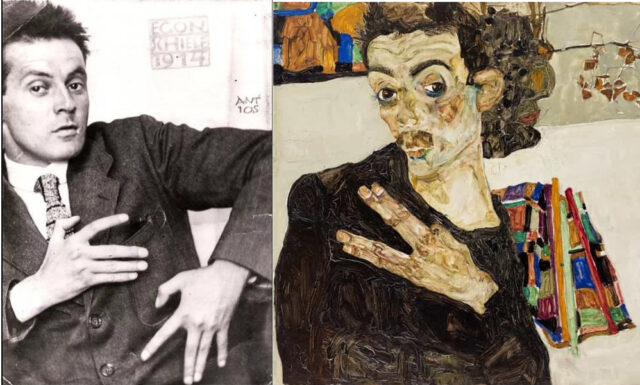
Which, what, proves Hockney both right (portraiture is superior to photography) and wrong (Schiele knew his own face)? And anyway, what does that have to do with the 10-year old me? Nothing really, except that the camera, objective and disinterested, captured an aspect of me in that second which may or may not have been “true.” Objectivity and disinterestedness are positive qualities for evaluating facts, but when it comes to human beings, facts and truth have a complicated relationship. Photography, through its “realness,” has issues capturing these complexities, unless the photographer is aware of them and – Diane Arbus and Nan Goldin spring to mind – has the ability to imbue their work with more than the obvious surface information that is the camera’s speciality. But manually-created art, with its human heart and brain directing, naturally takes the relationship between truth and facts in its stride.
One final example that proves nothing really, except to my satisfaction. Around the year 1635, the Spanish painter Diego Velázquez was tasked with painting portraits of the assorted fools, jesters dwarfs and buffoons whose lives were spent entertaining the Spanish court. Most of these people suffered from mental or physical disabilities (or both) and were prized (I think a more accurate word than ‘valued’ in this context) for their difference from ‘normal’ people; in the same way as carnival “freaks” into the early 20th century in fact. Although these people were comparatively privileged, compared to what their lives would have been like had they not been adopted by the Royal court, their position in the household was more akin to pets than friends or even servants. Juan de Calabazas (“John of Gourds; a gourd was a traditional jester’s attribute) suffered from unknown mental illnesses and physical tics. In a time and place where formality and manners were rigidly maintained, especially around the monarch – where a misstep in etiquette could have serious or even fatal consequences, buffoons like Juan entertained the court with unfettered, sometimes nonsensical or outrageous speech, impulsive laughter and strange, free behaviour. Whereas in normal society these people would be lucky even to survive, in the Court their behaviour was celebrated and encouraged. Velázquez is rightly famous for the empathy and humanity with which he painted portraits of these marginalised figures, but although, as Wikipedia (why not?) puts it; “Velázquez painted [Juan] in a relatively calm state, further showing Velazquez’s equal show of dignity to all, whether king or jester” that seems an unusual response to the portrait below, It’s not untrue, but for me at least, Velázquez’s process of humanisation is painful too. The knowledge that this man lived his life as a plaything of the rich and powerful, alive only because they found him funny is troubling enough. But that pathos seems to be embodied in the picture and you know, or it feels like you know, that Velázquez didn’t find him funny, or at least not only funny. It’s something like watching David Lynch’s The Elephant Man compared to looking at the Victorian photographs of the real Joseph Merrick. Seeing the photographs is troubling, seeing Lynch’s cinematic portrait is too, but it’s deeply moving too.
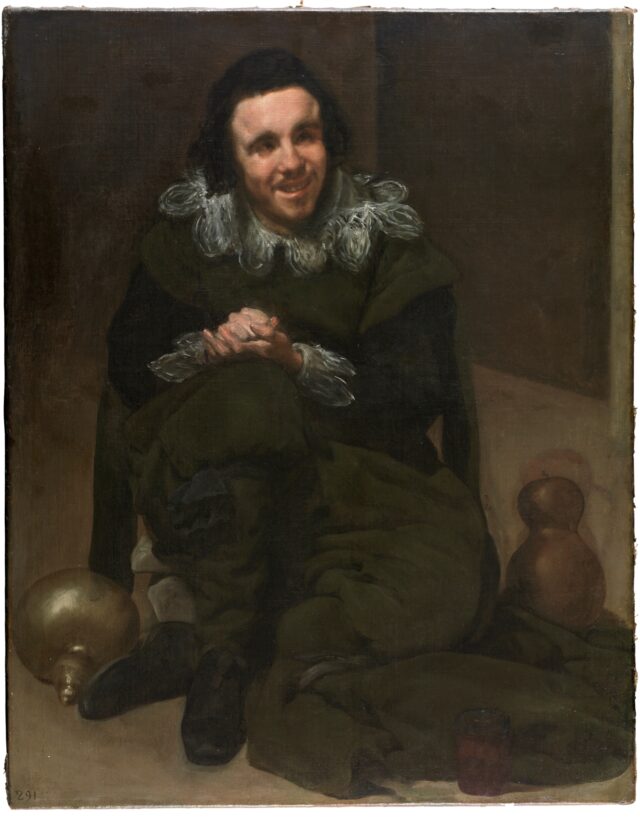
All of which may just be a way of saying that a camera is a machine and does what it does – recording the exterior of what it’s pointed at – perfectly, while a human being does, and feels, many things simultaneously, probably not perfectly. Well I’m sure we all knew that anyway. I eventually got eyebrows, by the way.



